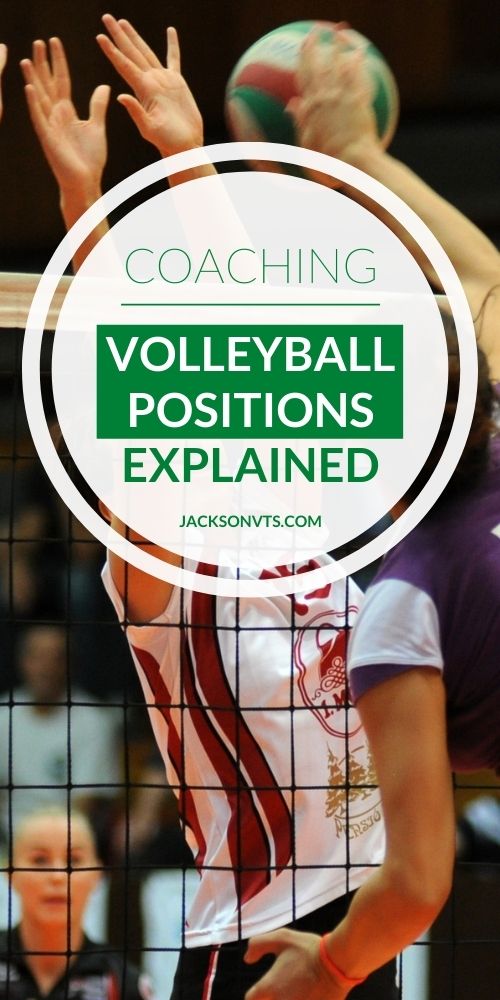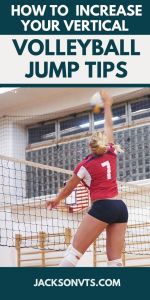Volleyball Court Positions
Main positions in volleyball include outside, right side, setter, libero, and DS
Volleyball court positions for learning how to play volleyball.
Setter Position
The setter is usually the best skilled player on the team. The setter is usually the most skilled because the setter is often the most experienced player.
The best setters provide team leadership.
Setter Skills
The setter's job is to use an overhead hand setting motion to set the ball to a spiker.
The setter needs to be highly accurate and consistent at placing the ball in an area that's easy for a spiker to spike the ball.

Setting a Volleyball
Middle Hitter Position
Usually the taller players on the team are chosen to play middle. The middle hitter/blocker is the player that stays near the middle of the net ready to react to the opposing team set. The middle basically tries to block the opponent attack hits (especially sets to the middle).
Middle hitters are usually quick and tall. Middles need to be quick in order to cover a lot of area at the net for blocking. Height is an advantage because the taller the player, the more area that can be covered for blocking.
Also, taller spikers can spike the ball down into the opponents court at different trajectories, making it harder to block or dig. Basically, taller spikers have an advantage because they have more options on where to place the ball when spiking.
Outside Hitter Position
The outside hitter is the main attacker on the team. The more a setter is able to set an outside hitter, the more likely a team will win.
A team has two outside hitters. Each outside plays opposite one another in the line up.
Having a strong outside hitter can make your other attackers stronger. For example, a good outside hitter will take away a lot of attention. This will give the middle and opposite better chances for having successful attacks.
Outside Hitter Position
Libero Position
Of all volleyball court positions, the libero is the most misunderstood.
The libero is a specialized player on the team that plays only on the back row. The libero wears a different colored jersey and has special restrictions different than other players on the team.
For example, the libero can't attack. The libero can't play across the front row. Also, the libero can't set attackers from inside the 3 meter line (if the attacker completes an attack hit).
The purpose of the libero is for improving team defense and serve receive.
The libero can replace any player on the back row multiple times. The libero's role on the team is to help out with defense and passing. Thus, the libero should have highly developed passing and defensive skills.
Libero Passing
Defensive Volleyball Court Positions
The defensive specialist (DS) is much like the libero. The difference is the DS is just like the rest of the team. The DS will focus on developing backcourt skills and replace a player in one position on the back row.
Unlike the libero, the DS isn't limited by any special rules. For example, if the coach wants the DS to play across the front row, the DS can.
Opposite/Right Side
The opposite position is the player that plays opposite the setter.
The opposite is usually a bigger player that specializes in blocking the opposing teams outside hitter.
Opposites don't usually play a larger role in team offense. For offense, it's usually the outside and middle that gets the attention. Opposites specialize in blocking. It's also good for opposites to have good setting skills because of the situations where the setter takes the first team contact and the opposite must step in and set the 2nd ball.
Understanding volleyball court positions is very important for success. Players need to understand their role on the team and the role of each position.
If you enjoyed these tips and would like to keep it close to you at any time, just save this pin to your Pinterest Volleyball Board.
Home › Positions › Court Positions




